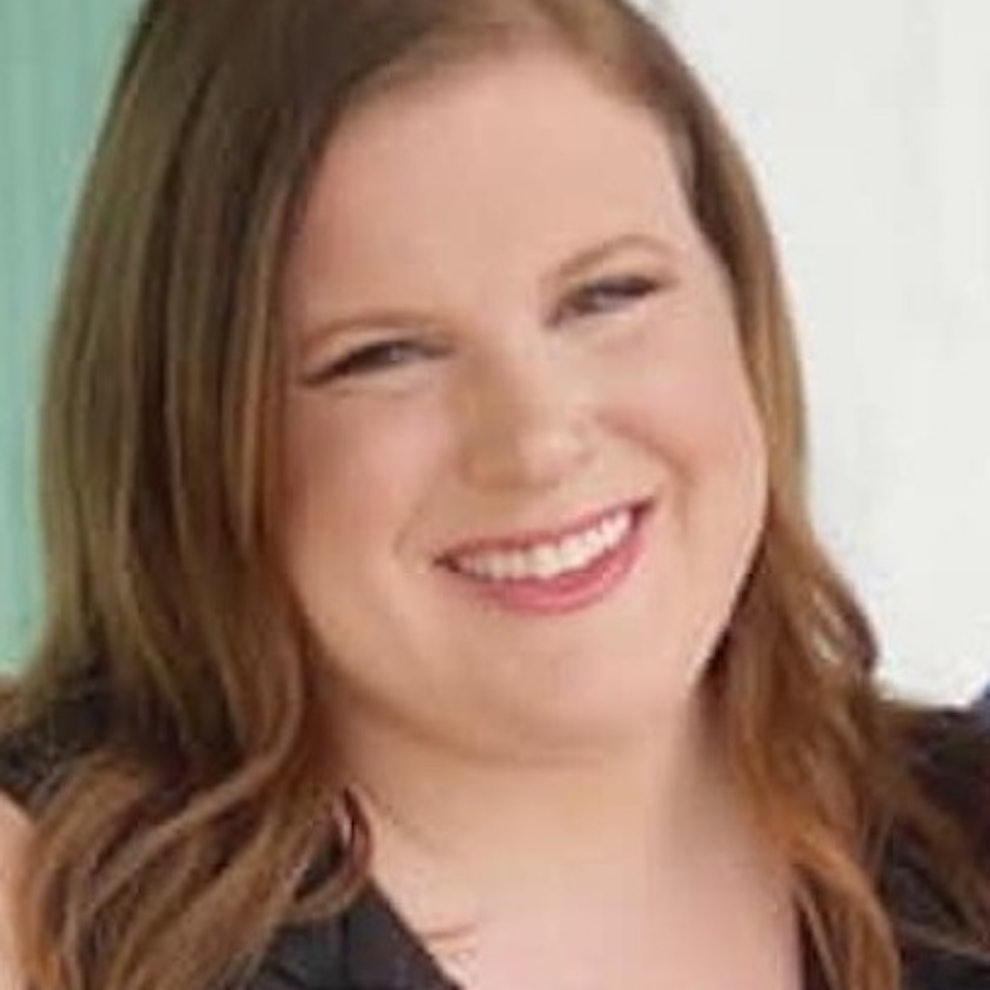Medicare and Oxygen Tanks: Does Medicare Cover Oxygen Therapy?
Article at a glance
Oxygen tanks are equipment used as part of oxygen therapy, a type of treatment for various health conditions such as COPD, heart failure, and others.
Medicare Part B will cover oxygen equipment if it is deemed medically necessary. That said, it will not cover all types of oxygen tanks.
Medicare Advantage plans will also cover oxygen therapy, though overall costs and rules may differ from Original Medicare plans.
Oxygen equipment and supplies will be paid for on a rental basis. If a Medicare beneficiary already owns oxygen equipment, Medicare will help pay for oxygen supplies and delivery.
Medigap plans may help reduce out-of-pocket expenses by paying deductibles, copayments, coinsurance, etc.

Sometimes, the use of an oxygen tank may be necessary for certain health conditions. But will Medicare cover oxygen tanks? Yes, Medicare covers the use of an oxygen tank and accompanying medical supplies. That said, there are rules and stipulations in place for how much and if Medicare will cover oxygen therapy.
This resource will explain everything Medicare beneficiaries need to know about Medicare and oxygen tanks, including rules, regulations, costs, and more.

What is Home Oxygen Therapy?
Oxygen therapy uses different types of oxygen machines and equipment to treat various lung and respiratory conditions. Some of these health problems include:
Cystic fibrosis
COPD
Pneumonia
Heart failure
Lung disease
Sleep apnea

Types of Oxygen Tanks
There are three main types of oxygen tanks.
Compressed gas system
These oxygen machines are small, pre-filled tanks. These can be delivered on a weekly basis, depending on the amount of oxygen needed. There are also home-fill systems that can be filled overnight from the concentrator. This type of oxygen tank must be used alongside an oxygen conserving device or regulator (OCD).
Liquid oxygen system
A liquid oxygen system consists of a small, refillable tank. It can be filled from its reservoir as needed.
Portable oxygen concentrator
Portable oxygen concentrators (POC) are portable, electric devices that can be worn on the patient’s back or wheeled around. It requires no tanks and no filling. This portable tank can also be brought on airplanes.

How Does Medicare Coverage Work For Oxygen Tanks?
As a reminder, Original Medicare only consists of Medicare Part A (hospital insurance) and Medicare Part B (medical insurance). Original Medicare does not include prescription drug coverage. If a Medicare beneficiary wants coverage for prescription drugs, they would need to enroll in Medicare Part D or a Medicare Advantage plan.
Medicare covers oxygen tanks and home oxygen equipment under Medicare Part B. This is because Medicare considers oxygen tanks to be durable medical equipment (DME), which Medicare Part B covers.

How Does One Qualify for Coverage?
To be eligible for Medicare coverage for home oxygen therapy, there are three basic requirements:
You must be enrolled in Part B
You must have a medical need for oxygen
You must have a doctor’s order specifically for home oxygen
If you fulfill these coverage qualifications, then Medicare will help cover the cost of your home oxygen equipment, supplies, and more.
Medicare covers oxygen tanks and stationary oxygen equipment under Medicare Part B. This is because Medicare considers oxygen tanks to be durable medical equipment (DME), which Medicare Part B covers.
What Is Considered Medical Necessity?
Medical necessity is most notably determined by whether a person’s condition causes them to experience hypoxemia, which is low levels of oxygen in the blood.
Some conditions, such as heart failure, are known to cause hypoxemia and would qualify as medically necessary.
Conditions that cause shortness of breath but do not result in lower oxygen blood levels typically are not considered medically necessary and would not be covered.
Additionally, your doctor’s diagnosis must include your specific condition, how much oxygen you need, and how often you need it. If your diagnosis only requires you to have oxygen on an as-needed basis, it’s unlikely Medicare will provide coverage.
What Is Durable Medical Equipment?
Durable medical equipment (DME) is medical equipment a doctor prescribes for home use. DME is covered under Medicare Part B. Types of durable medical equipment include:
Blood sugar meters
Blood sugar test strips
Patient lifts
Hospital beds
Walkers
Wheelchairs and scooters
Oxygen equipment and accessories
While Medicare Part B provides coverage for DME, there are specifics involved for each type of medical equipment. Also, not every type of oxygen equipment, accessories, and supplies is covered by Medicare.
Note: Learn more about DME at this resource.

What Are The Medicare Costs for Home Oxygen Therapy?
Medicare covers the rental of oxygen equipment, contents, and supplies, so long as the following conditions are met:
A doctor states the beneficiary has severe lung disease or is not receiving enough oxygen
A patient’s health would improve with oxygen therapy
The patient’s arterial blood gas level falls within a certain range
Other alternative therapies have not worked
If these conditions are met, Medicare pays for the following:
Systems that provide oxygen
Containers that store oxygen
Tubing and related oxygen accessories for the delivery of oxygen and its contents
Medicare will also cover a humidifier if it is used due to the oxygen machine.
When it comes to Medicare costs, Medicare pays 20% of the Medicare-approved amount for the rental of the aforementioned supplies. The Part B deductible also applies.
Do note, it is important for beneficiaries to confirm coverage and costs with their healthcare provider and their insurance company. There are a variety of factors that contribute to exact pricing, such as:
Other health insurance
Doctor’s fees
Whether the doctor and supplier accept the Medicare assignment
Note: Learn more about oxygen equipment and supplies and Medicare coverage at this resource.

How Does Oxygen Equipment Rental Work Under Medicare?
Medicare beneficiaries who use oxygen will need to rent oxygen equipment from a supplier for 36 months. After this 36-month rental period, the oxygen supplier must continue to supply the beneficiary with oxygen equipment and supplies for an additional 24 months. In total, the DME supplier must provide supplies for a total of five years, so long as the medical need for oxygen persists.
The supplier will bill Medicare a monthly rental payment. These rental payments cover more than just the oxygen equipment, however. The rental payments also go towards:
Tubing or a mouthpiece
Oxygen contents
Oxygen machine maintenance
Oxygen machine servicing
Oxygen machine repairs

What Else To Know About Oxygen Equipment Rental
The medical supplier must maintain the rental oxygen equipment in good working order as long as the beneficiary needs it during the 36-month rental period, as well as the additional 24-month rental period should it apply. During these rental periods, the supplier owns the oxygen equipment.
In the event that a Medicare beneficiary has a medical necessity for oxygen therapy after the five years have passed, the DME supplier no longer has to continue providing the oxygen and oxygen equipment. In this scenario, the Medicare beneficiary may choose to get replacement equipment from a different supplier.
From there, a new 36-month payment period, and five-year supplier obligation period, starts as soon as the old five-year period ends for new oxygen and oxygen equipment.
There are certain situations in which oxygen equipment and supplies will have different Medicare coverage rules. For example, if the oxygen equipment is no longer effective, the DME supplier goes out of business, etc. Learn more about these events and their particulars at this resource.

Renting Verses Owning Equipment
There are pros and cons to deciding whether to rent or own oxygen equipment when using Medicare to help cover the costs.
A beneficiary must determine which option will be most cost-effective over time. If renting equipment, Medicare will cover 80% of the costs for five years, or the length required for a supplier to provide oxygen and equipment. After five years, if the need for oxygen persists, a person can switch to a new supplier and start the five-year period again. Additionally, the supplier must keep the equipment in acceptable condition, so any issues or repairs will fall to the supplier.
If a person owns or wants to own oxygen equipment instead of renting, Medicare will cover the oxygen content and supplies as long as it’s considered medically necessary. In some cases, DME suppliers may allow a person to finance an oxygen machine through monthly payments, allowing you to own the equipment once fully paid.
It’s up to the beneficiary to decide which option is the most cost-effective solution.
What If A Beneficiary Already Has Their Own Equipment?
If a Medicare beneficiary already has their own oxygen therapy equipment, Medicare will assist in paying for oxygen contents and supplies if it is deemed medically necessary.

Home Oxygen Therapy & Medicare Advantage Plans
Medicare Advantage plans, also known as Medicare Part C or MA plans, may include prescription drug benefits. MA plans are a type of Medicare supplement plan and are provided by private insurance companies that are Medicare-approved. Medicare Part C plans consist of the standard Medicare coverage (Medicare Part A and Medicare Part B), in addition to other healthcare benefits including vision, hearing, and prescription drugs. Exact benefits will vary per plan. MA plan beneficiaries should confirm extra benefits with their insurance company.
Because MA plans include Medicare Part B, this means that oxygen tanks would be covered under an MA plan as durable medical equipment. Exact costs will vary.

Home Oxygen Therapy & Medicare Supplement Plans
Medicare supplement insurance, also known as Medigap or MedSupp, are supplemental Medicare plans that help “fill in the gaps” of Original Medicare.
Medigap policies are sold by private insurance companies and help pay some out-of-pocket costs such as deductibles, coinsurance, and copays. This means a Medigap plan may help reduce costs for oxygen therapy and equipment.
Note: Learn more about Medigap plans at this resource.

FAQ
What oxygen level requires an oxygen tank?
A person's Sp02 level (the percent of oxygen in the blood) usually sits between 95-100. If a person's Sp02 drops below 90, oxygen therapy should be considered.
Does Medicare pay for oxygen equipment?
Yes, Medicare pays 80% of the costs for the rental of oxygen equipment, oxygen, and supplies, provided it is deemed a medical necessity.
Do I need a prescription for an oxygen tank?
Yes, since medical-grade oxygen is considered a drug, a doctor must prescribe the oxygen tank for you.
Become a patient
Experience the Oak Street Health difference, and see what it’s like to be treated by a care team who are experts at caring for older adults.




